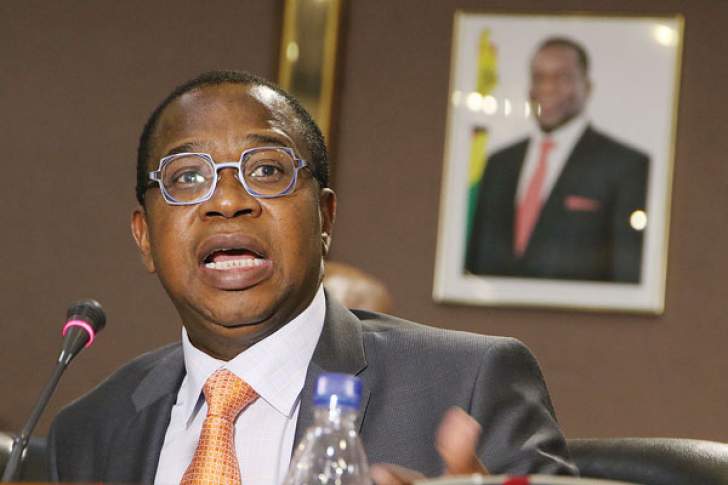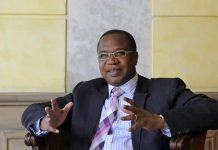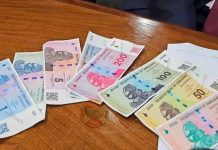A recent World Bank report, Africa Pulse has downgraded Zimbabwe to a low-income country specification, in a move that confirms the country’s dire economic situation.
The new classification comes three months after the Southern Africa nation was upgraded to a lower middle-income country status, a classification which was expected to last for the period 2019 to 2020 and is effective from July 1 this year.
Low income economies have a gross national income (GNI) of US$910 per individual over a 12-month period.
Lower middle-income economies enjoy a GNI of US$ 1790 while high-income economies are those with a GNI per capita of US$12 376 or more.
The recent classification places Zimbabwe among its other poor counterparts like Chad, Malawi, Central Africa Republic.
The report observes that the Sub-Sahara Africa region is collectively succumbing to tensions at the global landscape.
Says the report, “The external environment is as challenging for Sub-Saharan Africa. Global growth has continued to slow amid rising policy uncertainty due to the renewed intensification of trade tensions in the global economy.
“Partly as a result, the prices of most of Sub-Saharan Africa’s commodity exports have weakened since the second quarter of 2019. While global financial conditions have eased, capital inflows in the region have remained modest as trade policy uncertainty continues to weigh on investor sentiment.”
Assessing the latest classification, economist John Robertson said it is reflective of the obtaining economic challenges bedevilling the country.
“I guess the initial upgrade was based on trends which took place between 2010 and 2011 and now the World Bank has caught up with the reality on the ground,” he said.
“Zimbabwe currently sits at the bottom close to poor countries like South Sudan and Somalia among others and this assessment is in tandem with predictions made by other institutions like International Monetary Fund.”
The classification comes at a time when government remains optimistic of its vision to transform the embattled Southern Africa nation into an upper middle-income economy by 2030 basing on the implementation of robust policies.
However, the working class has been pushed to the edges of poverty as salaries are still pegged far below the Total Poverty Consumption Line which is currently around $2 000 .






